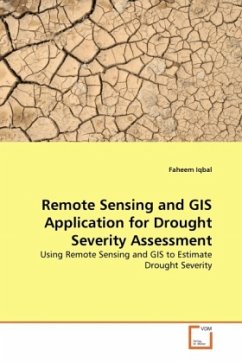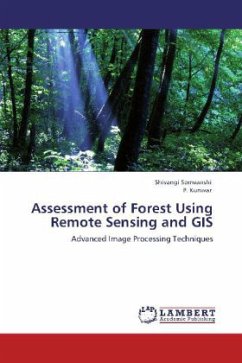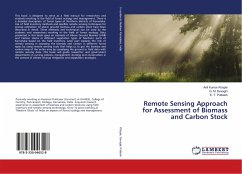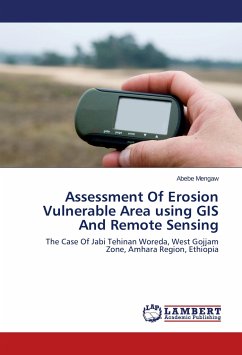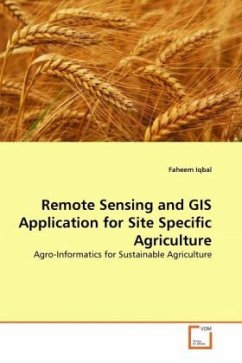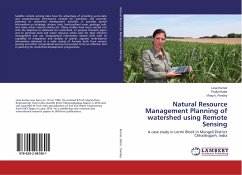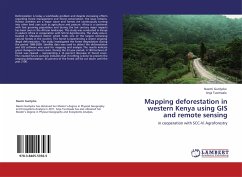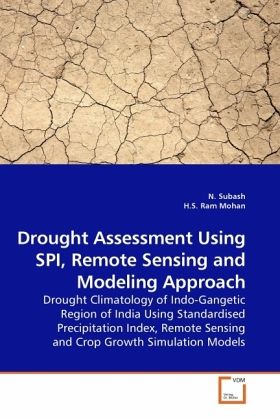
Drought Assessment Using SPI, Remote Sensing and Modeling Approach
Drought Climatology of Indo-Gangetic Region of India Using Standardised Precipitation Index, Remote Sensing and Crop Growth Simulation Models
Versandkostenfrei!
Versandfertig in 6-10 Tagen
52,99 €
inkl. MwSt.

PAYBACK Punkte
26 °P sammeln!
The Indo-Gangetic Region (IGR), situated in the north of India, occupies nearly 20% of the total geographical area of India. The IGR of India primarily encompasses five states: West Bengal, Bihar, Uttar Pradesh, Haryana and Punjab. Rice-wheat cropping system is the major cropping system in the IGR. Rainfed rice predominates in the abundant rainfall zones of the eastern part where there is scope for growing rice under ponded water conditions during the rainy season, while irrigated rice is grown in the western part. Wheat assumes greater prominence in the western part, where it is normally grow...
The Indo-Gangetic Region (IGR), situated in the north of India, occupies nearly 20% of the total geographical area of India. The IGR of India primarily encompasses five states: West Bengal, Bihar, Uttar Pradesh, Haryana and Punjab. Rice-wheat cropping system is the major cropping system in the IGR. Rainfed rice predominates in the abundant rainfall zones of the eastern part where there is scope for growing rice under ponded water conditions during the rainy season, while irrigated rice is grown in the western part. Wheat assumes greater prominence in the western part, where it is normally grown with irrigation in the winter, in rotation with rice. There are four major reasons for droughts in these areas delay in the onset of monsoon/failure of monsoon, variability of monsoon rainfall, long breaks in monsoon and spatial variation in the persistence of monsoon rains. At present, several drought indices, simulation models and modern tools such as remote sensing are available to assess and monitor the droughts: in this investigation, a detailed study on the topic has been carried out with a rational integrated approach to the problem.



